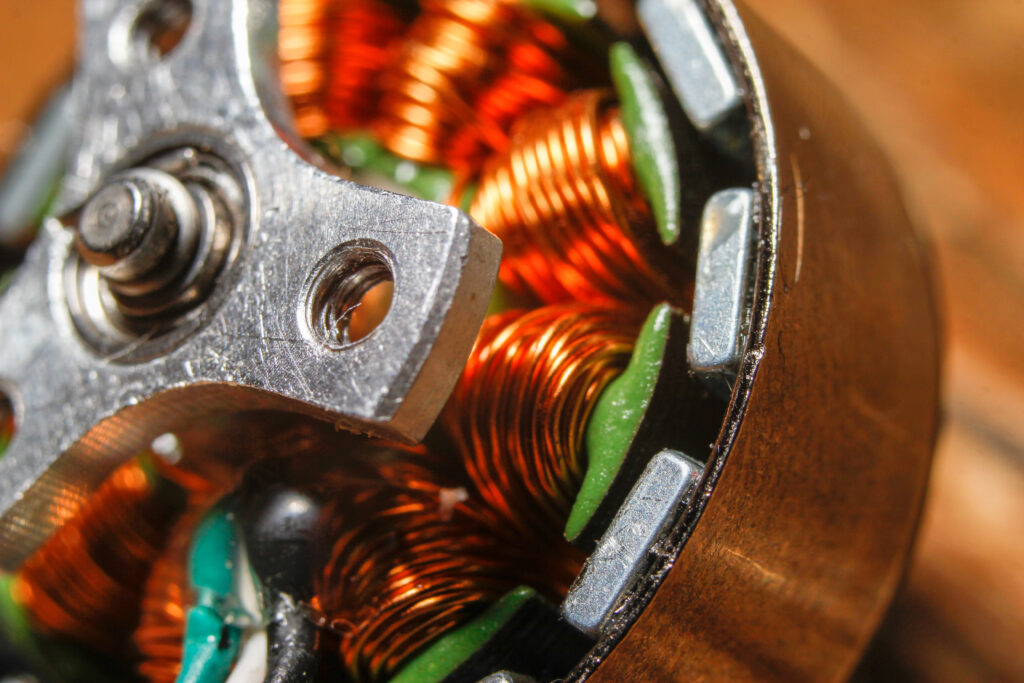The brushless direct current (BLDC) motor demonstrates the outstanding characteristics of dc motors such as extensive speed control, and high efficiency, without the problems of commutator and brush, such as erosion, services, and maintenance. The BLDC motor is usually used for low-power applications with a Hall-effect sensor to determine the position and speed. These sensors increase the price and size of the motor and the complexity of its drive system and necessitate a special mechanical configuration for their integration. These sensors are susceptible to temperature and have reliability issues due to the excessive wiring they need [1], [2], [3], [4], [5]. In some applications, installing any position and speed sensor on the motor is not practical or cost-effective, therefore the sensorless motor control has emerged as an alternative recently. Accurate state estimation is challenging as it comes at the intersection of model-based and time-efficient observation techniques.
There are currently a significant number of published studies that suggest sensorless control strategies that combine an estimator with a control mechanism in BLDC motors [6], [7]. Additionally, because of the internal dynamics and special structure of BLDC motors, the back-electromotive force (back-EMF) method has been suggested in some literature. However, at low speeds, these methods are severely hindered by the reduced amplitude of back-EMF, which makes detection more difficult [1]. Accurate rotor position estimation is further complicated by the flux computation method, another sensorless technique, which has problems with the accumulation of errors over time. By using statistical techniques to account for uncertainties in the system dynamics, observer-based methods—such as the model-based methods, artificial neural networks (ANNs), sliding mode observers (SMO), various versions of Kalman filters (KF), and full- and reduced-order adaptive observers—have been developed to provide more reliable estimations of rotor position [3], [8]. Due to the large number of estimators/observers, this article focuses on different types of KFs.
For more on this article click here.


